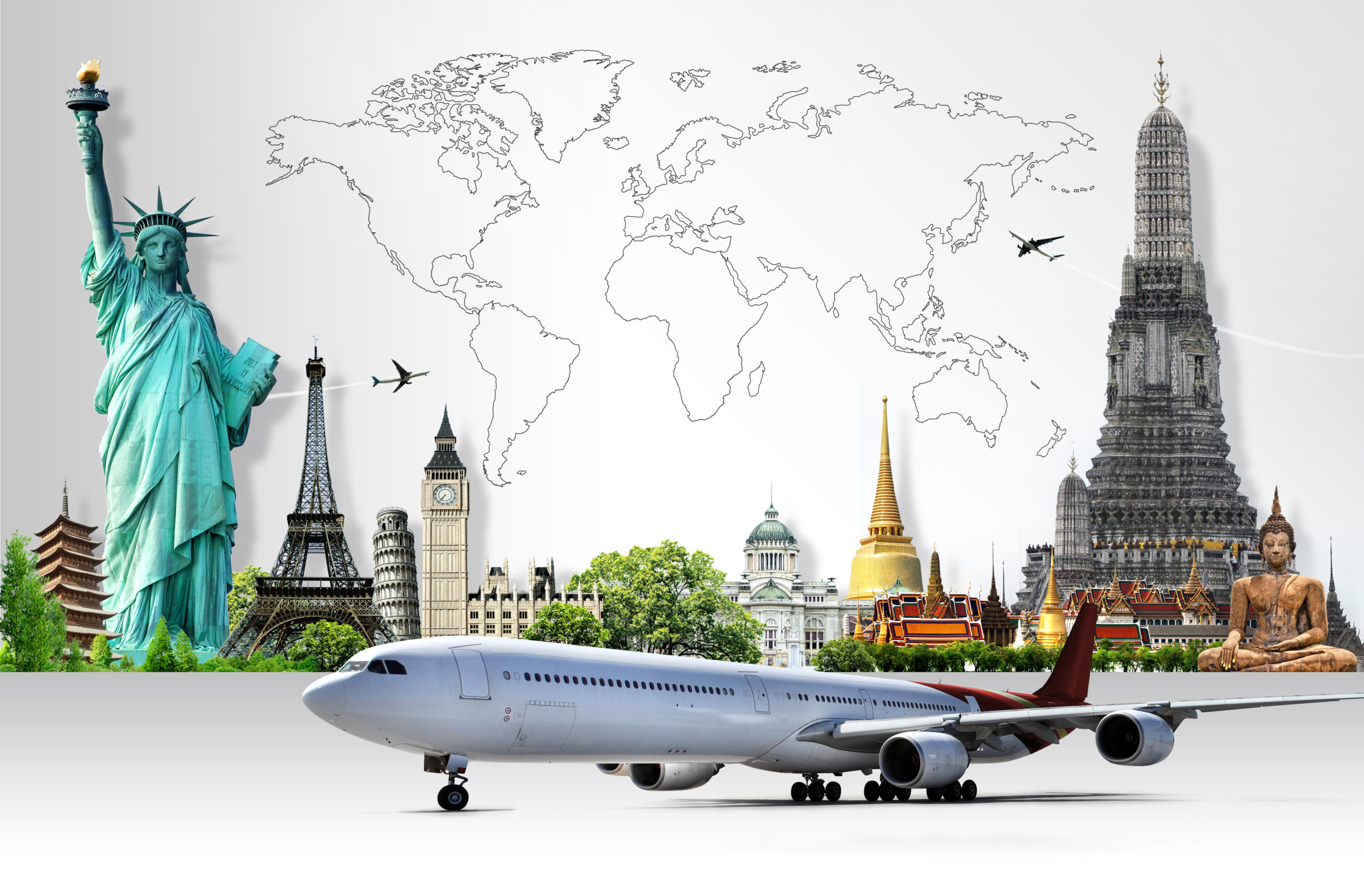
Does it mean we just speak the same language as the people in the country, city or region we live in? So if I speak Spanish, do I easily assimilate in both Mexico and Spain?
Does it mean we can effectively use communication (spoken and unspoken) with the people around us – that we understand their words, their jokes, their customs and why they do what they do? If someone is sarcastic in New York, do I know the sentence was not a serious one due to the tone the speaker used?
Does it mean we fit in and feel comfortable with the people around us? And how important is it to culturally assimilate when we relocate internationally?
Culturally Assimilating Versus Having a Global Mindset
Cultural assimilation is defined as the process by which a minority group (or possible a minority culture) adopts the values and ways of a majority group.
It has also been defined as the process of one group starting to resemble another group. So they are more seemingly alike than before.
When expats relocate, the goal might not be to culturally assimilate in the 3-4 years that they’ll be staying in the new country, but having a global mindset in regards to the new culture will be the key to a successful, long term relocation.
Full assimilation would be when those from the minority group are indistinguishable from those in the majority, which cannot happen in just a few years. It is usually the children of expats that cause the family to assimilate even more, due to the time the children spent in school with so many other families from the region. Accent is the one characteristic that is typically unchangeable for those moving from one country to another.
Cultural assimilation does not have to be moving out of the country. Someone from Louisiana could move to New York and culturally assimilate. The clothing might be different, the accent, the speed of life, the culture of being more weary of people because you are now in a big city. Even language and slang could be different. After 1 year, someone might be dropping the ‘r’ sound on various words, wearing more dark clothing, being more perceptive when walking at night and using words he or she didn’t know existed before and that only New Yorkers understand.
‘Fitting in’ or feeling at home in the new country is important. This does not mean the expats renounce their traditions, clothes, customs or food. The idea is to be open to combining two worlds, if possible. Understand the current society, in order to understand the people there, make friends and build relationships. This will help the expat feel more a part of and not apart from the society around them.
10 Secrets to Managing your Multilingual Global Workforce
Acceleration of Cultural Assimilation Can Depend on the Size of the Minority
Don’t expect to culturally assimilate quickly. Depending on the region and the group, it can take years, or it can take decades. The larger the group, the longer it can take to culturally assimilate, because there are so many people still able to practice the culture of the previous country lived in.
For example, my grandparents moved to Oklahoma City in the 1950s from Mexico. At that time, according to my grandmother (and history), there were not a lot of Spanish speakers in the neighborhood where they moved. Within 4-5 years, my grandparents were fluent English speakers. My grandfather became a salesperson, which shows how high level his English was, and my grandmother became a teacher. Again, she had to have a very high level of English for this as well.
On the other hand, in Dallas in 2020, there are hundreds of thousands of Spanish speakers, and I have met tens of thousands of Spanish speakers that have lived in the United States for decades and still do not speak English. Therefore, when the minority group is a large one, it can be increasingly more difficult for the minority group to assimilate. There is less necessity due to them having a large support system from their own country, customs and traditions.
4 Ways to Measure or Look at Cultural Assimilation
Language. Are the expats comfortable speaking the language in the region? Can they get a job successfully working with others in the region? Can they go to school, college or trade school? Language is a huge part of cultural assimilation, because if you cannot speak to those around you, then it will be very difficult to learn about them.
Intermarriage. Blending families is the quickest way to assimilate, from both sides of the spectrum. Both families will spend so many hours together that they will quickly start learning the traditions of the other culture. The dominant culture (the one where they all live) will be learned even more quickly, because now it is surrounding the expat family even more than before. Before, it was some work colleagues, shopping trips, etc. But now, the culture is in their home, eating dinner with them, speaking the new language while watching TV in the evenings and recommending different activities for weekend fun. This assimilation can be very quick.
Spatial Concentration. This is what I was speaking to above when I told the story of my grandparents. My grandparents very quickly assimilated due to not being around other Mexicans in the 1950s (there weren’t many around in these years in this region). This is not a good thing or a bad thing; it is simply a fact. There are pockets of Hispanic neighborhoods in Dallas where no one speaks English, just like there are pockets of Vietnamese neighborhoods in Dallas where no one speaks English either. This goes for any group of people. There are groups of English speakers in Japan that never learn Japanese and only live in their expat communities. These groups have a hard time assimilating, if they ever do.
Socioeconomic. Moving up the socioeconomic ladder can also be a sign of assimilation. It means the expat or immigrant can successfully work and live in the community, making a living. Oftentimes this can mean that they went to school or got a specialized degree, which means they’ve mastered the language already as well. In immigrant families it can often be the second generation, or with expats, they might already have socioeconomic status, having transferred to the new location for a job opportunity.
Cultural assimilation is a common process in life, especially now that we are such a global society. We know more about other cultures now more than ever. We are able to speak with each other using one main language, English, now more than ever. There has never been a time when this many people from this many countries could all speak to each other using one language. In this way, I believe we are all culturally assimilating a little bit every day. Even in Texas, Texans are adopting Mexican culture as a part of their own, so I believe there should be a new phrase called ‘reverse assimilation’ where the minority makes a new custom for the majority.
Micah Bellieu is CEO and Founder of Fluency Corp, a global company providing language instructors and assimilation coaching. If interested in learning more about supporting your internationally relocated employees (expats), give us a call at (800) 401-3159.










